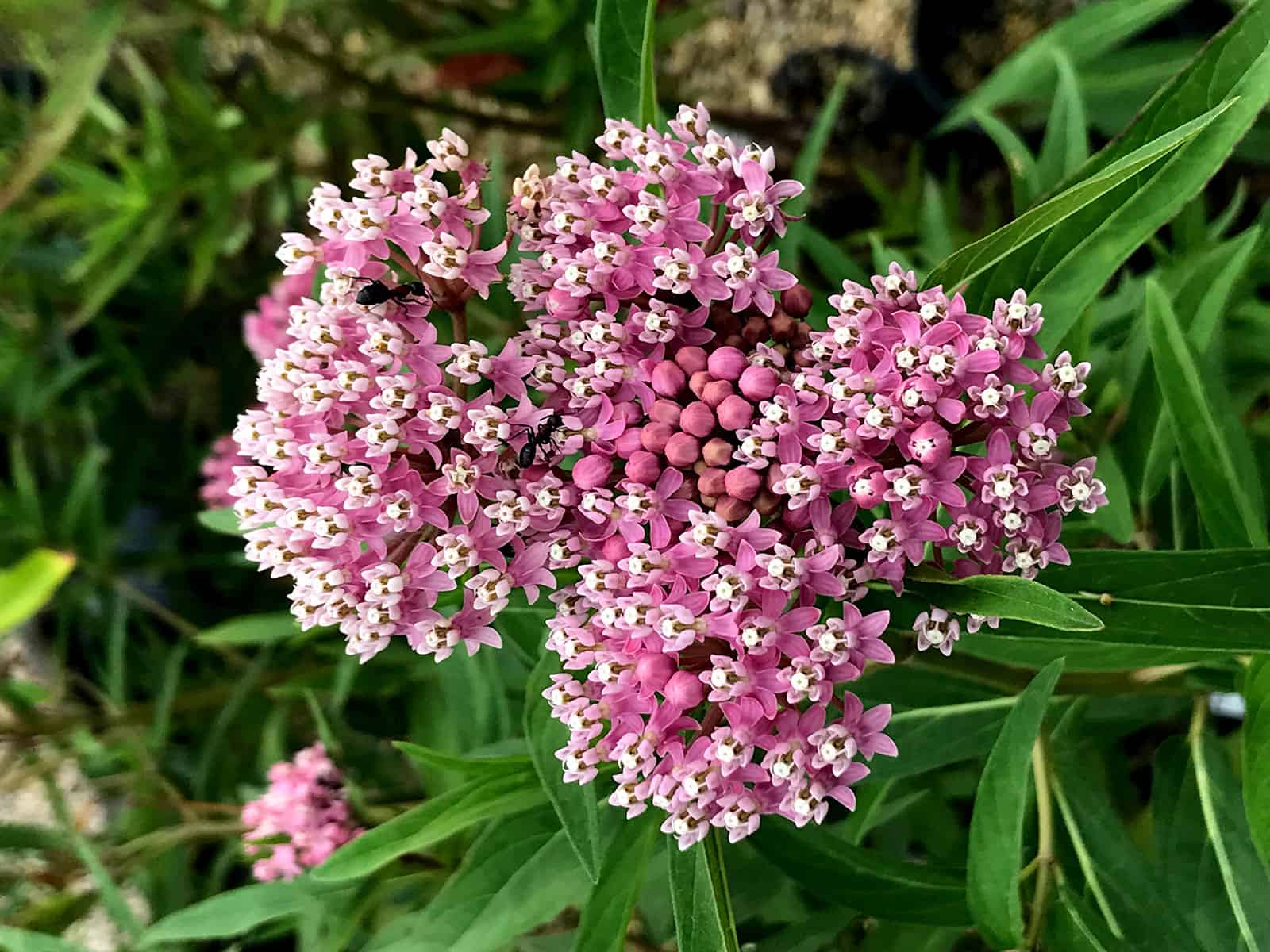Easily grown in average, dry to medium, well-drained soils in full sun. Good soil drainage is essential. Wet soils in winter can be fatal. Tolerates some light shade, particularly in hot summer climates or when plants are being grown in dryish soils. Remove spent flower heads to promote additional bloom. Divide clumps as needed (every 2-3 years) to maintain vigor. Plants are somewhat short-lived. Consider cutting stems back to basal leaves after flowering to preserve plant energies and perhaps prolong plant life.
Noteworthy Characteristics: Leucanthemum x superbum, commonly called Shasta daisy, is a hybrid developed by Luther Burbank (1849-1926) in the 1890s near snow covered Mt. Shasta in northern California. Burbank crossed Leucanthemum vulgare (European oxeye daisy), Leucanthemum maximum (Pyrenees chrysanthemum), Leucanthemum lacustre (Portuguese field daisy) and Nipponanthemum nipponicum (Japanese field daisy) to produce Leucanthemum x superbum which was given the common name of Shasta daisy. This hybrid typically grows to 2-3′ tall with a spread to 18″ wide.
Leucanthemums were formerly included in the genus Chrysanthemum.
Genus name comes from the Greek leukos meaning white and anthemum meaning flower in reference to the white flowers of some species.
Specific epithet means superb.
‘Becky’ is larger than most other Shasta cultivars, growing 3-4′ tall on rigid stems which do not require staking. Features 3-4″ diameter flower heads with the classic white rays and yellow center disks and coarsely-toothed, lance-shaped, medium green leaves. Stems do not require staking. Long bloom period of July through September. Excellent and long-lasting fresh cut flower.
Problems: No serious insect or disease problems. Leucanthemums generally have some susceptibility to verticillium wilt, leaf spots and stem rots. Aphids, leaf miners and mites are occasional visitors.
Garden Uses: Shasta daisies provide long-lasting summer bloom and are mainstays of the perennial border, cottage garden and cutting garden. Rock gardens. Containers.


